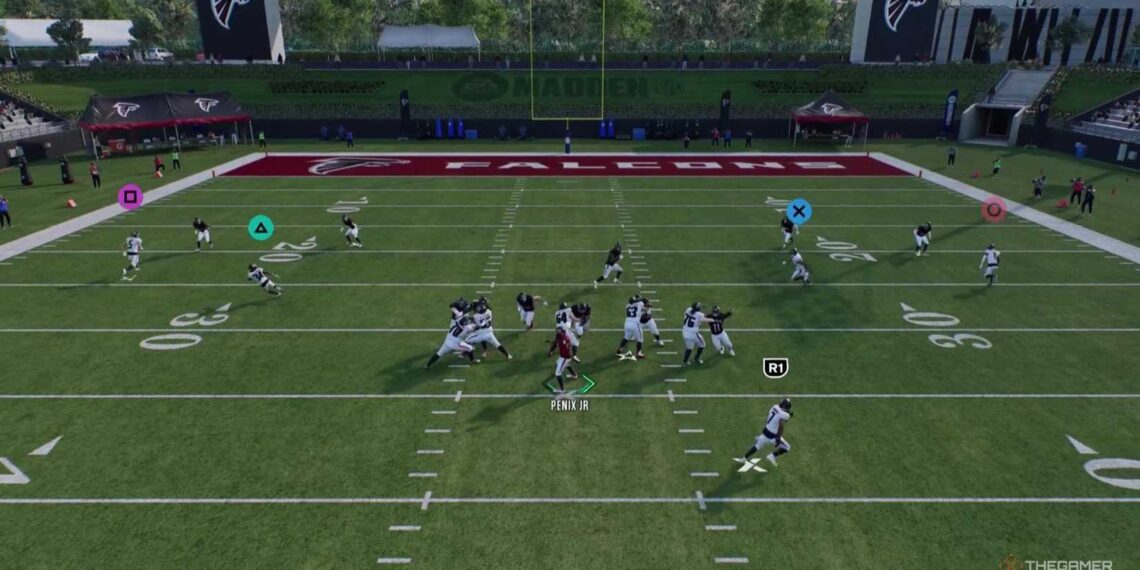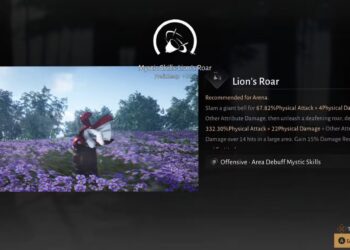Select Language:
A reliable and steady passing game is essential in today’s NFL if you want to stay competitive. The same is true in Madden NFL 26. While there are many parts that make up a good team, being able to move the ball through the air is crucial to winning games.
There are several ways to pass the ball, starting with different passing styles. This year’s Madden includes four passing styles, and each one significantly affects how you throw the football.
Classic
The Classic passing method is the simplest. It’s the type of pass that’s been in Madden from the start, and it’s easy to grasp. To throw the ball, just press the button of the player you want to target. Holding the button longer results in a stronger throw. For quick, tight throws between defenders, you’ll want to press hard. To lob the ball over a defender, press lightly.
Revamped
Revamped is a deeper, more detailed version of Classic. The same rule applies—hold the button longer for a harder throw—but it offers more control without ignoring how realistic your quarterback’s skill ratings are. It features a color-coded power meter: blue, yellow, and red.
- Blue: This is the safest option for accuracy. The ball is thrown with enough power without sacrificing precision. It doesn’t guarantee an accurate pass, but if the pass is missed, it’s likely due to your quarterback’s accuracy stat, not the throw strength.
- Yellow: Still likely to be on target, but the chances of the ball missing are higher. It means you’re throwing slightly harder than your quarterback’s arm can comfortably handle, sacrificing some accuracy for extra power.
- Red: The riskiest option. This indicates maximum arm strength, but with a high chance the ball will go off target. It’s like playing Russian roulette—more power, but greater risk of inaccuracy.
Your quarterback’s ratings influence how well you can perform these throws. A quarterback with better arm strength will find it easier to keep the pass in the blue or yellow zones, reducing the chances of a wide miss, but ratings alone don’t guarantee accuracy. Context matters, too—throwing on the run or under pressure will make it harder to keep the ball accurate, often pushing passes into the red zone.
Placement
Placement pass style is less about ratings and more about skill. It allows you to put the ball within a certain radius around your target, giving you more control over where the pass lands. Like Revamped, it has a power gauge, but it moves much faster, especially without passing slowdown enabled.
Holding the button too long or aiming the ball poorly can be disastrous with this style. It demands precision because overshooting or misplacing the ball can be costly, even more so than with Revamped.
Placement and Accuracy
This style largely removes the influence of player ratings and puts full control in your hands. The meter in this mode measures the power behind the throw and directly controls the accuracy, making it ideal for gameplay focused on skill rather than ratings. You hold the button to determine how long the ball is in motion—timing is key to avoid inaccurate deep throws. It’s not suited for players aiming to replicate real player ratings faithfully but is excellent for competitive play, where your skill determines success.
Other Important Passing Mechanics
Several other settings can greatly impact your passing accuracy and control.
Passing Slowdown
This feature slightly slows down time during your passing motion, giving you a chance to fine-tune your aim and power if needed.
Pass Lead Increase
Enabling this allows you to throw the ball within a radius around your target, so you can throw away from coverage while still keeping the pass in range. Be cautious to avoid throwing the ball too far out of reach.
How to Free-Form Pass
Holding L2 or LT during your throw grants you more control over where your pass ends up, helping you intentionally place it in difficult spots or away from defenders.
How to High Pass
Pressing L1 or LB during your throw will send the ball higher in the air, useful for passing over shallow coverage or giving your receiver a better chance to jump for the catch.







